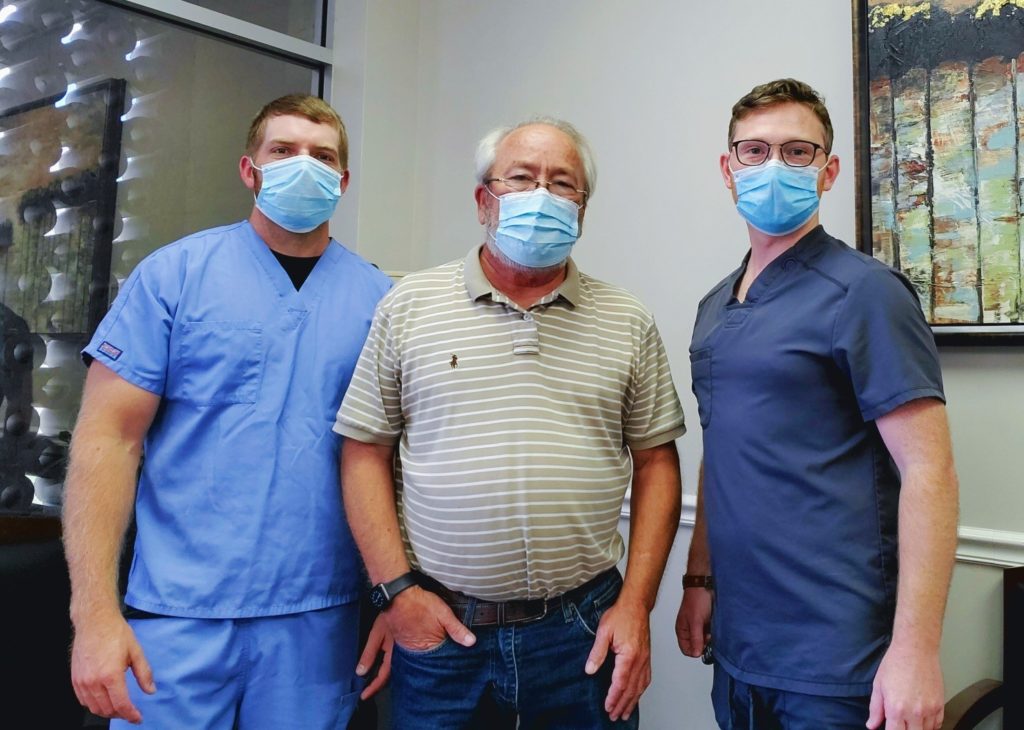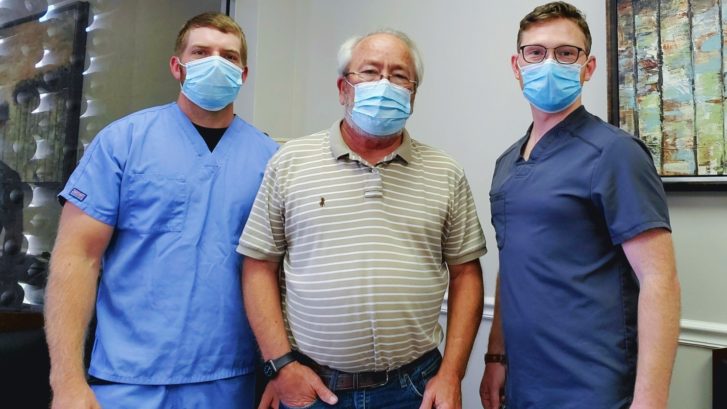A Conversation about wound care for patients with Diabetes
Over the past several years, North Sunflower Medical Center has provided wound care to patients with diabetes throughout the Delta. For most of us, a small cut on the foot is a minor issue, but for many patients with diabetes, this can become a life-threatening situation without proper wound care.
We partner with RestorixHealth so that we can provide some of the best wound care in the nation, right here in Ruleville. Karen Bell with RestorixHealth has been a good friend to our entire NSMC family. We wanted to talk with her about how diabetic wounds can become a real problem for our patients, and how we work with our patients to help them avoid small foot ulcers from becoming a big problem.

What is a diabetic foot ulcer?
A diabetic foot ulcer is an open sore on your foot that fails to heal. They often occur on the bottom of your feet but can occur anywhere skin or tissue breaks down or is cut open.
Why do diabetic foot ulcers occur?
Normally, if you injure your foot, you feel pain that alerts you to the injury. You then take steps to treat it: clean the wound, apply a bandage and perhaps ointment, and replace poor fitting shoes if that is the underlying problem. Your body continues the healing process and your foot heals well.
But when you have diabetes, your natural healing process and pain reflexes can be disrupted. If you develop poor circulation in your legs and feet (peripheral arterial disease or PAD), have high blood sugar, or both, healing slows down.
If you have nerve damage (peripheral neuropathy), your feet may feel numb. Or you may have no feeling at all. In either case, the injury may be painless. When that happens, blisters, cuts, and sores can go unnoticed. That’s when serious problems can begin.

Why are diabetic foot ulcers so harmful to me?
Diabetic foot ulcers can be downright dangerous. They are the leading cause of amputation and hospitalization when you have diabetes.
If infection spreads throughout your body, or severe ligament, muscle, and bone damage occurs, amputation may be necessary. In less severe cases, you may need surgery to remove tissue that has died.
In the best circumstances, it takes weeks to several months for a diabetic foot ulcer to heal.
Having diabetes puts you a much greater risk for a foot ulcer. Once you have had one, you are more likely to develop another.
What can I do to prevent them?
Although preventing a diabetic foot ulcer is not always possible, you can take steps to reduce your risk.
Here are my 6 basic rules to help prevent diabetic foot ulcers:
- Keep your blood sugar at your target level throughout the day.
- Practice daily foot care. Wash, thoroughly dry, moisturize (except between toes), and carefully inspect your feet every day. Use a mirror or helper if needed.
- Eat a healthy diet as advised by your doctor and dietician.
- Keep your toenails trimmed, cutting straight across.
- Have a podiatrist remove corns and calluses.
To make an appointment with our amazing diabetic wound care team, call 877-295-2273 and visit www.northsunflower.com for more information.

